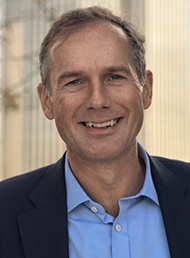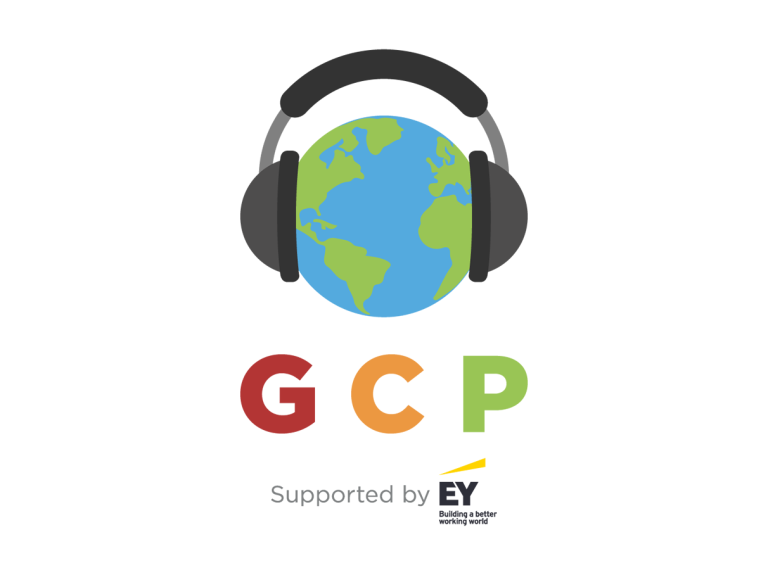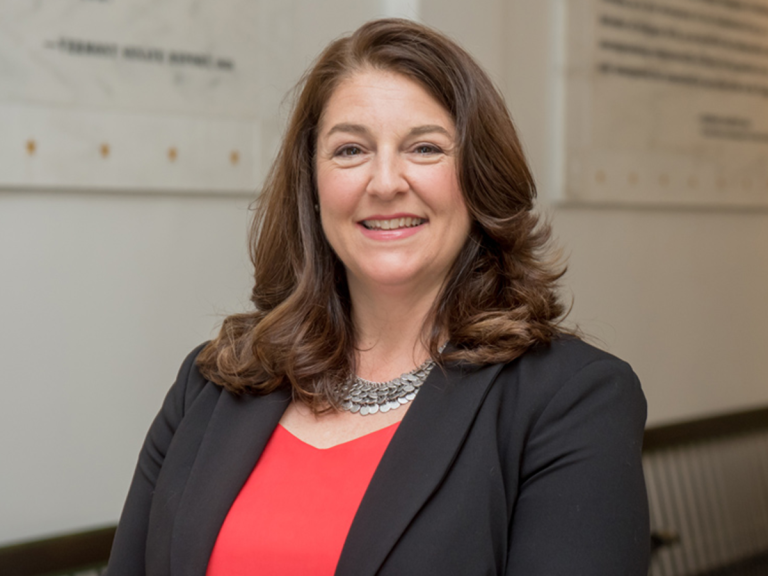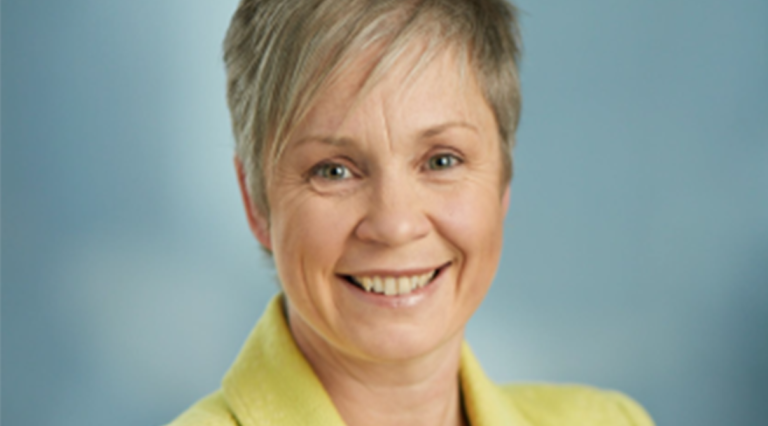Importance of iNEDs rising as captives become more complex
GCP #98: The insurtech and AI opportunities for captives



In episode 98 of the Global Captive Podcast, supported by the EY Global Captive Network, Richard is joined by three professionals working in or with insurtechs and with a particular interest in captives.
01.29 – 16.54: The first half of Richard’s interview with Matthew Grant, CEO of InsTech, who discusses the evolution of the insurtech world and the increasing focus on insurance buyers.
17.00 – 36.20: Richard and Cameron MacArthur, founder and CEO at A.I. Insurance Inc, discuss where captives sit in adopting technology, and the potential for AI disruption now and in the future.
36.58 – 46.54: Joshua Pyle, vice president and head of risk & captive management at Boost, discusses the wider tech opportunities for captives, but also brings us up to speed on his role and the aims of Boost.
47.19 – 54.13: The second half our interview with Matthew Grant, of InsTech, where he discusses the opportunities for captives in insurtech.
For the latest news, analysis and thought leadership from the global captive market, sign up for the Captive Intelligence twice-weekly newsletter.
Vermont licensed 38 new captives in 2023
Vermont licensed 38 new captives in 2023, making it home to 659 licensed captives, consisting of 632 active captives and 27 which are dormant.
Vermont has already licensed has nine new captives in 2024.
The growth in captive formations in 2023 is among the top ten highest since Vermont licensed its first captive in 1981.
“I am appreciative and grateful for the entire Captive Insurance Division staff, for their consistent great work and dedication to quality regulatory standards, involving licensing, analysis, and examinations, and those who quietly excel in their daily tasks to make the workplace function smoothly,” said Sandy Bigglestone, deputy commissioner of captive insurance.
Of the captives licenced in Vermont in 2023, 24 were pure captives, six were sponsored structures, one was an agency, two were association captives, three were special purpose finance insurers, and two were Risk Retention Groups (RRGs).
Vermont’s 62 sponsored captive insurance companies experienced growth in the number of new protected cells, with more than 30 additions in 2023.
At least seven of Vermont’s new captives in 2023 have international roots coming from Canada, Chile, Germany and the United Kingdom.
“Vermont remains a credible global leader and committed to continuing to lead the industry with innovative, high-quality regulation that meets the needs of captive insurance companies,” said the State’s Governor Phil Scott.
According to Captive Intelligence’s data on the number of captives in each major domicile, at the end of 2022 Vermont had reached number one with 639 active captives at year-end.
In August, Captive Intelligence published a long-lead highlighting that the state is not relaxing after taking top spot, with a focus on “quality over quantity” and a continued drive for talent recruitment, both within the regulator and across the local industry.
Two new educational institutions join EdHealth
Husson University in Bangor, Maine and The Lawrenceville School in Lawrenceville, New Jersey have joined edHEALTH, taking the total number of members to 27 schools.
EdHEALTH is a group medical stop loss captive for higher education and secondary schools, which recently converted to a cell structure.
The edHEALTH programme is a part of edRISK, a sponsored captive domiciled in Vermont.
“Husson University and The Lawrenceville School are two excellent educational institutions we are honoured to have as edHEALTH member-owners,” said Tracy Hassett, edHEALTH president and CEO.
“We look forward to helping them to control healthcare costs while collaborating with their team to continue to create opportunities that support their employee health-related needs.”
Husson University is edHEALTH’s second higher educational institution in Maine, while The Lawrenceville School is the first private secondary school to join.
The captive has more than $325m of annual funding and more than $18m of capital reserves.
“edHEALTH’s purchasing power and our own school savings were two important reasons for Husson University becoming a member,” said Janet Kelle, chief human resources officer at Husson University.
“My priority was to ensure our faculty and staff continued to receive top-quality healthcare coverage with minimal disruption.
“Since edHEALTH offered our existing health plan carrier, the transition has been surprisingly simple,” she added.
In November, former AIG captive specialist David White was appointed as the new chief financial and operating officer for EdRISK and edHEALTH.
Hassett was interviewed for episode 38 of the Global Captive Podcast in September 2020. Listen to the episode here.
Marsh launches ReadyCell for streamlined PCC licensing
Marsh Captive Solutions has launched ReadyCell to enable organisations to form their own insurance company within its Mangrove Protected Cell Facility in Washington DC in a faster, streamlined process.
Marsh has built the proprietary platform utilising AI technology and has received conditional pre-approved regulatory licensing from the District of Columbia Department of Insurance, Securities and Banking.
“With ReadyCell, Marsh is harnessing the power of AI technology to remove the barriers for more organisations to take greater control of their risk management, enabling them to mitigate uncertainties in the commercial insurance market,” said Ellen Charnley, president of Marsh Captive Solutions.
“This is part of our overall strategy to drive innovation and lead the digital evolution of the captive insurance sector.”
Companies can use ReadyCell to insure a single line of coverage or a single layer within a larger insurance programme.
They can also keep their insurance company on standby to assume risk when needed for up to 18 months.
“Although designed for organisations of all sizes, ReadyCell’s simplified process, cost efficiency, and expert support make it an especially attractive tool for small to midsize businesses, many of which are either unaware of the captive concept or believe it to be an alternative for large organisations only,” said Denise Perlman, president of National Business Insurance at Marsh McLennan Agency.
“By increasing access to self-insurance options, more firms will be able to manage their risk and insurance costs on their own terms.”
Global Captive Management makes senior leadership appointments
Global Captive Management (GCM) has named Alanna Trundle as the new president of the company.
In this role she will lead and oversee the entire company and its staff.
GCM is a captive insurance management company founded in the Cayman Islands in 1992.
“Alanna is an admired, respected, and exceptional leader,” said Tom Stewart, president of the Holmes Murphy PLUS family of brand companies, which includes GCM.
“She has done a tremendous job developing people, relationship building, creating an extraordinary employee and client experience, and establishing a great culture of care.
“Her work with all of our GCM employees and clients has allowed her to develop her expertise and become an incredible leader for GCM.”
Ian Bridges has been promoted to chief business development officer, while Jennifer Reid has been promoted to chief operations officer.
“These promotions are a true depiction of great talent evolving and expanding their leadership skills to help elevate GCM’s presence in the captive space,” said Stewart.
“We are proud that all of these individuals have been a part of our team for many years, and we can’t wait to see how they will continue to grow GCM into the future.”
MSL Captive Solutions hires David Sykes as CFO
MSL Captive Solutions has appointed David Sykes as chief financial officer, assuming the role with immediate effect.
MSL is a managing general underwriter dedicated to captive programmes for medical stop loss.
Sykes has more than 30 years’ experience in financial management for a range of insurance entities, including captives, commercial reinsurers and service companies.
His experience includes managing the accounting and reporting requirements for group captive programmes, underwriting both employee benefits and property and casualty risk.
“I am excited to be joining MSL at this stage of the company’s growth,” said Sykes.
“I have been impressed by the company’s development to date and the future opportunities as captives become a more established funding mechanism for medical stop loss.
“Joining MSL allows me to focus my prior captive experience on this sector and develop best in class servicing processes to support our captive programs.”
Most recently, Sykes was managing director of Strategic Risk Solutions Bermuda (SRS) where he led the insurance management operations for SRS for over a decade before relocating to the US.
“We are extremely pleased to be able to add the experience and expertise that David brings to MSL Captive Solutions,” said Phil Giles, managing director, MSL Captive Solutions.
“His deep knowledge of captives, especially group captive structures, will be invaluable to the accounting and reporting on our captive programs.
“We are committed to the underwriting and servicing of captive programs for medical stop loss, both single parent and group captives.”
David Arick takes over as RIMS president for 2024
David Arick, assistant treasurer for global risk management at International Paper Company, is the new RIMS president for 2024.
Arick, who has worked in insurance and risk management for more than 35 years, is responsible for risk financing, captive management, insurance programmes and claims management, and property loss prevention engineering at International Paper.
In 2020, Memphis-based International Paper re-domesticated its captive from Vermont to Tennessee.
“Risk management is at a crossroads,” said David Arick. “While the profession’s momentum is at an all-time high, to keep it moving in the right direction it is up to the risk community to step out of their comfort zones, sharpen their skills, and set their collective goals even higher.
“To truly tap risk management’s limitless potential, individually, we must be bold and dive into uncharted professional waters.
“My priority as RIMS President is to ensure that the Society continues to deliver opportunities, resources, networking, events and so much more to empower the risk community to confidently dive into the unknown and advance risk management globally.”
RIMS vice president for 2024 is Kristen peed, head of corporate risk at Sequoia, while treasuer will be Kevin Bates, group head of risk and insurance at Lendlease, and secretary will be Manuel Padilla, vice president of risk management and insurance at MacAndrews & Forbes Incorporated.
IQAX partners with Chinese shipping captive to digitise insurance policies
IQAX has partnered with COSCO Shipping Captive Insurance to facilitate supply chain digitisation and widen the capabilities of IQAX eBL.
COSCO Shipping Captive is owned by China COSCO Shipping Corporation, a Chinese state-owned group focused on marine transportation services.
The partnership will facilitate access to system and technical support that will make it possible for customers to transfer electronic insurance policies along with electronic bills of lading (eBL) simultaneously.
IQAX is a global information technology company that provides digital transformation solutions using blockchain for logistics companies.
The captive’s underwriting book primarily consists of marine hull business for the parent group and its affiliates.
Shippers can view electronic insurance policies issued from the shipping insurance e-platform directly through IQAX eBL and transfer them alongside eBLs.
A cooperative agreement between IQAX, COSCO Shipping Captive Insurance, COSCO Shipping Lines and the Global Shipping Business Network (GSBN), ensures that a shipping insurance e-platform will work together with the GSBN blockchain platform and the IQAX eBL system.
A COSCO Shipping Lines (Wuhan) customer was the first to complete a synchronised transfer of both a blockchain-based eBL and an electronic insurance policy through a one-click title transfer on 14 December.










